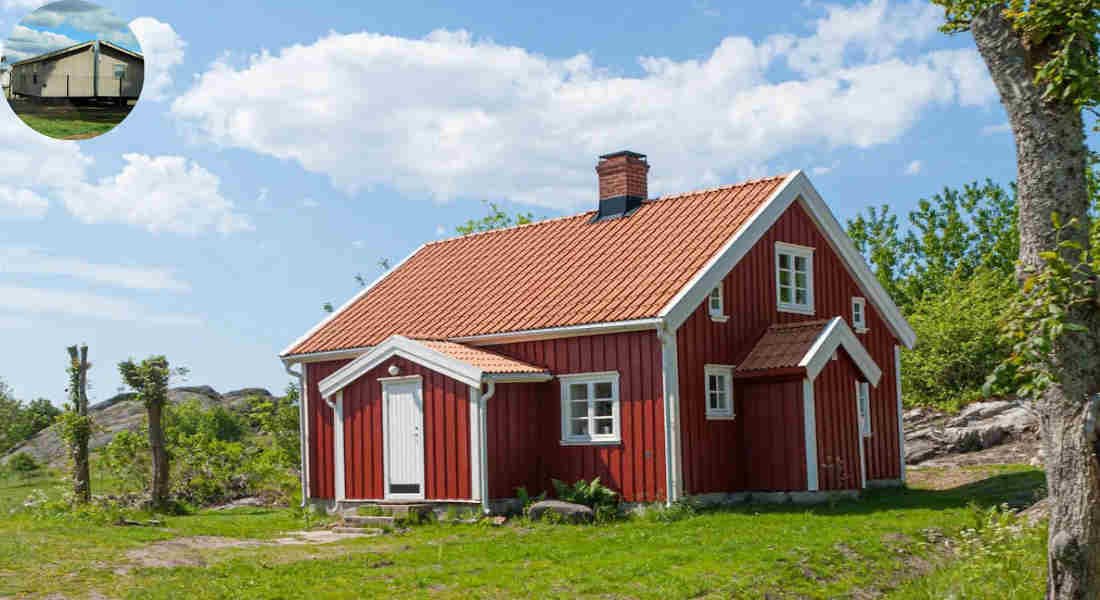The question of whether prefab homes depreciate in value is one that often sparks debate among homeowners, buyers, and real estate professionals. Many people mistakenly believe that all factory-built homes, including modular and manufactured homes, lose value over time—much like vehicles or appliances. However, this is a widespread misconception that fails to account for the significant differences between various types of prefabricated housing and the factors that truly influence their value. In reality, the resale value and appreciation potential of prefab homes depend on factors such as construction quality, location, maintenance, and how well the home integrates into its neighborhood. Understanding these nuances is essential for anyone considering a prefab home as a long-term investment.
Understanding Home Depreciation
Home depreciation refers to the reduction in a property’s value over time. This decline can stem from various factors, including wear and tear, market fluctuations, and changing neighborhood dynamics.
Every home experiences some level of depreciation. It’s often influenced by age, condition, and location. A well-maintained property tends to hold its value better than one that shows signs of neglect.
Market trends also play a crucial role. Economic shifts can cause housing demand to fluctuate, impacting how much potential buyers are willing to pay.
Homeowners must understand these nuances to make informed decisions about their properties’ worth over time.
Factors That Impact Home Value
Home value is influenced by several key factors. Location plays a crucial role. Homes in desirable neighborhoods often hold their value better than those in less sought-after areas.
The condition of the property is another significant aspect. Regular maintenance, updates, and renovations can enhance appeal and marketability.
Market trends also affect home values. A booming real estate market can drive prices up, while an economic downturn might lead to depreciation.
Size and layout matter too. A home with an open floor plan tends to attract more buyers than one with a cramped interior.
External factors like schools nearby or local amenities contribute as well. Buyers are willing to pay more for homes that offer convenience and community benefits. Understanding these elements gives homeowners insight into their property’s potential worth over time.
You may also read (how to efficiently replace kitchen drawers at home).
Misconceptions About Prefab Homes and Depreciation
This belief stems from a lack of understanding about the construction process and quality of materials used in modern prefabricated homes.
Some think these houses are inferior to traditional builds, which isn’t true anymore. Advances in technology have improved design standards significantly. Many prefab homes boast high energy efficiency and durability, just like their site-built counterparts.
While some might choose them for short-term needs, many families find long-lasting comfort within these structures.
There’s an idea that location plays less of a role with prefab homes than it does with traditional ones. However, like any property type, location heavily influences market demand and resale potential.
The Truth About Prefab Home Value
Prefab homes often face skepticism regarding their value. Many believe these houses can’t compete with traditional builds, but that’s not entirely accurate.
The construction process plays a significant role in determining value. Prefab homes are built in controlled environments, leading to higher quality control and fewer defects. This efficiency can translate into better long-term durability.
Location also matters greatly. A well-placed prefab home in an appealing neighborhood can appreciate just as much as its stick-built counterparts.
Resale trends indicate a growing acceptance of prefab homes among potential homeowners, which could positively impact their market value over time. Understanding this shift is key when considering the worth of prefabricated structures today.
You may also read (do you pay sales tax on a used mobile home).
Tips for Maintaining and Increasing the Value of a Prefab Home
Maintaining and increasing the value of a prefab home is not as daunting as it might seem. With careful attention to detail, you can ensure your investment remains solid.
Regular maintenance is key. Just like traditional homes, prefab houses require upkeep. Check for leaks, maintain the exterior finishes, and keep landscaping tidy. A well-maintained property attracts buyers.
Consider energy-efficient upgrades. Installing solar panels or modern insulation can reduce utility costs while enhancing your home’s appeal on the market.
Renovations also play a significant role in boosting value. Open floor plans are trendy; consider knocking down non-load-bearing walls if it fits within your design vision. Updated kitchens and bathrooms typically yield high returns as well.
Don’t forget about curb appeal! First impressions matter greatly in real estate. Fresh paint on doors and windows, along with vibrant plants or flowers, can make a difference.
Stay informed about housing trends in your area. Understanding what potential buyers seek will help you adapt accordingly when considering renovations or upgrades.
By being proactive about maintenance and thoughtful with improvements, you’ll set yourself up for success—showing that prefab homes indeed have lasting value.
You may also read (navigating permits for tiny homes on wheels).
